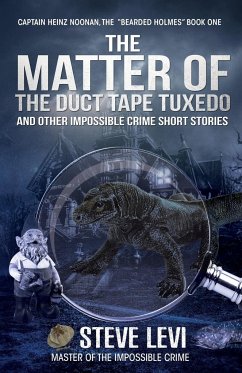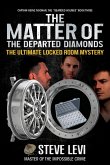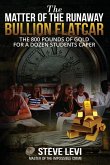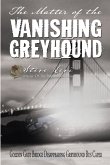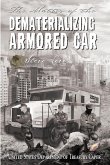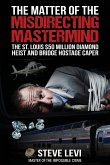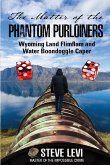Captain Heinz Noonan, "Master of the Impossible Crime," is called upon to solve the most puzzling of riddles. If it's odd, you call Noonan. Why, for instance, would someone steal 200 garden gnomes and then leave them in a pattern across a city? Better yet, how can air cargo increase in weight as it flies and how can a century old Tong highbinder warrior appear in a locked warehouse and then disappear in a cloud of smoke? And why would anyone want to steal anything from a garbage dump? See if you can solve these unusual mysteries faster than the "Bearded Holmes" of the Sandersonville Police Department. Oh, then there is the theft of 8,000 gallons of water, a reappearing coelacanth, the theft of some Komodo dragon trousers and, of course, a missing duct tape tuxedo. The perfect Who dun whatfor your bookshelf and enjoyment.
Hinweis: Dieser Artikel kann nur an eine deutsche Lieferadresse ausgeliefert werden.
Hinweis: Dieser Artikel kann nur an eine deutsche Lieferadresse ausgeliefert werden.

